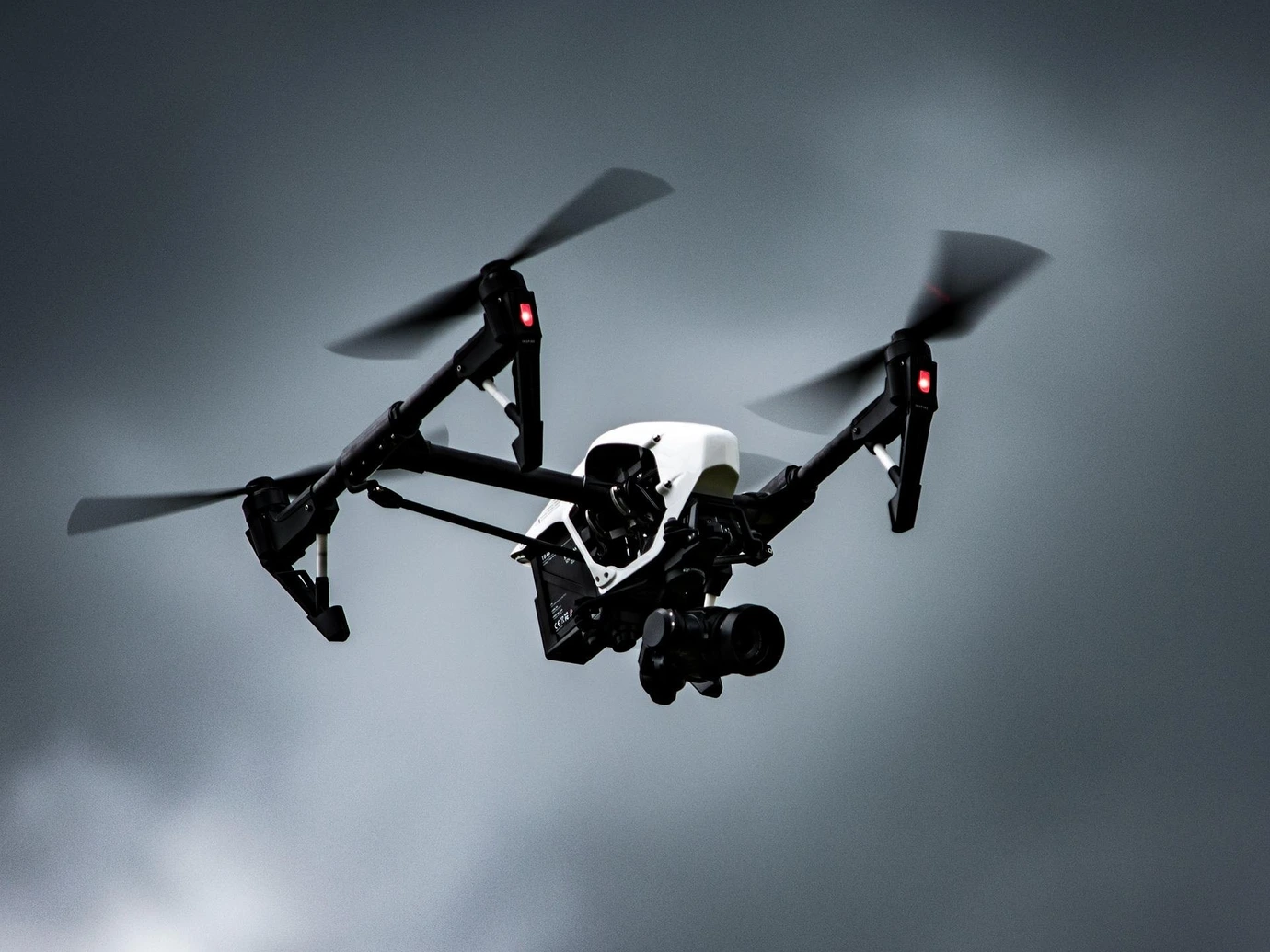Whether as a private hobby, as a platform for professional photographers or as a tool for farmers, companies and authorities: Drones are currently one of the biggest growth markets, with a large number of providers, such as DJI, Potensic, HoverAir, iFlight, BetaFPV, Jamara and Simulus. Almost all drones have one thing in common: they normally draw their energy from particularly powerful lithium-ion batteries (LiPos). If these are damaged, exposed to high heat or incorrectly charged, they can have a ‘thermal runaway’ and cause uncontrollable fires or even explosions. This creates burning gases and toxic smoke under high pressure, which can fill the interior of a car or a room within seconds, for example. Although the risk of such a fire is low, it does exist. We explain how the danger can be further reduced:
Mechanical damage: A lithium-ion battery can be damaged by crashes or improper handling. If short circuits occur inside, this can lead to thermal runaway, especially during the charging process. LiPos with visible damage should therefore be disposed of and handled with care until then. As even invisible damage can lead to a fire, batteries should only be handled with care after mechanical stress.
Correct temperature: Batteries are usually optimised to be operated at temperatures that are also comfortable for humans. The permissible temperature ranges vary slightly depending on the cell chemistry. Precise details can be found in the operating instructions. If a drone battery is too hot or too cold, it loses performance and ages more quickly. For this reason, unused batteries should not be stored outside in winter or left in the car in summer, for example.
Dry and clean: Like most electrical appliances, drones and their batteries should be protected from dirt and water.
Correct charging: The greatest risk of fire with a battery is not during operation, but during charging. Therefore, only approved chargers should be used to charge drones or batteries. In addition, the batteries should only be charged under supervision and at the temperature permitted for them. In many cases, this means that they must first be kept at room temperature for some time before they can be charged. If possible, the charging process should take place in a place where the spread of fire is prevented – i.e. especially not directly next to flammable materials.
Swollen batteries: If you have a drone battery whose housing is bulging outwards, you have just been lucky – the battery was already on the verge of thermal runaway. Such a swollen battery is broken and an acute danger. It must not be used or charged under any circumstances.
Disposal: Removable drone batteries can be disposed of like other batteries in the battery collection boxes at the supermarket or at similar collection points. The drones themselves – even with permanently installed batteries – are considered electrical appliances. If they have an edge length of less than 25 cm, they can therefore be handed in to shops that sell electrical appliances. Regardless of their size, they can also be disposed of at recycling centres or when purchasing a new drone. Sending old batteries by mail is generally not permitted. (These rules for the disposal of lithium-ion batteries comply with German law. The rules may differ in other countries.)
If you want to play it safe when transporting, storing and charging drones and their batteries, you can use our RETRON BOX, among other things. The fireproof box for batteries effectively prevents the spread of fire and protects people from heat and flying splinters.
Good to know: In addition to the drone, the remote control is usually also powered by a lithium-ion battery. The same rules apply to these.



